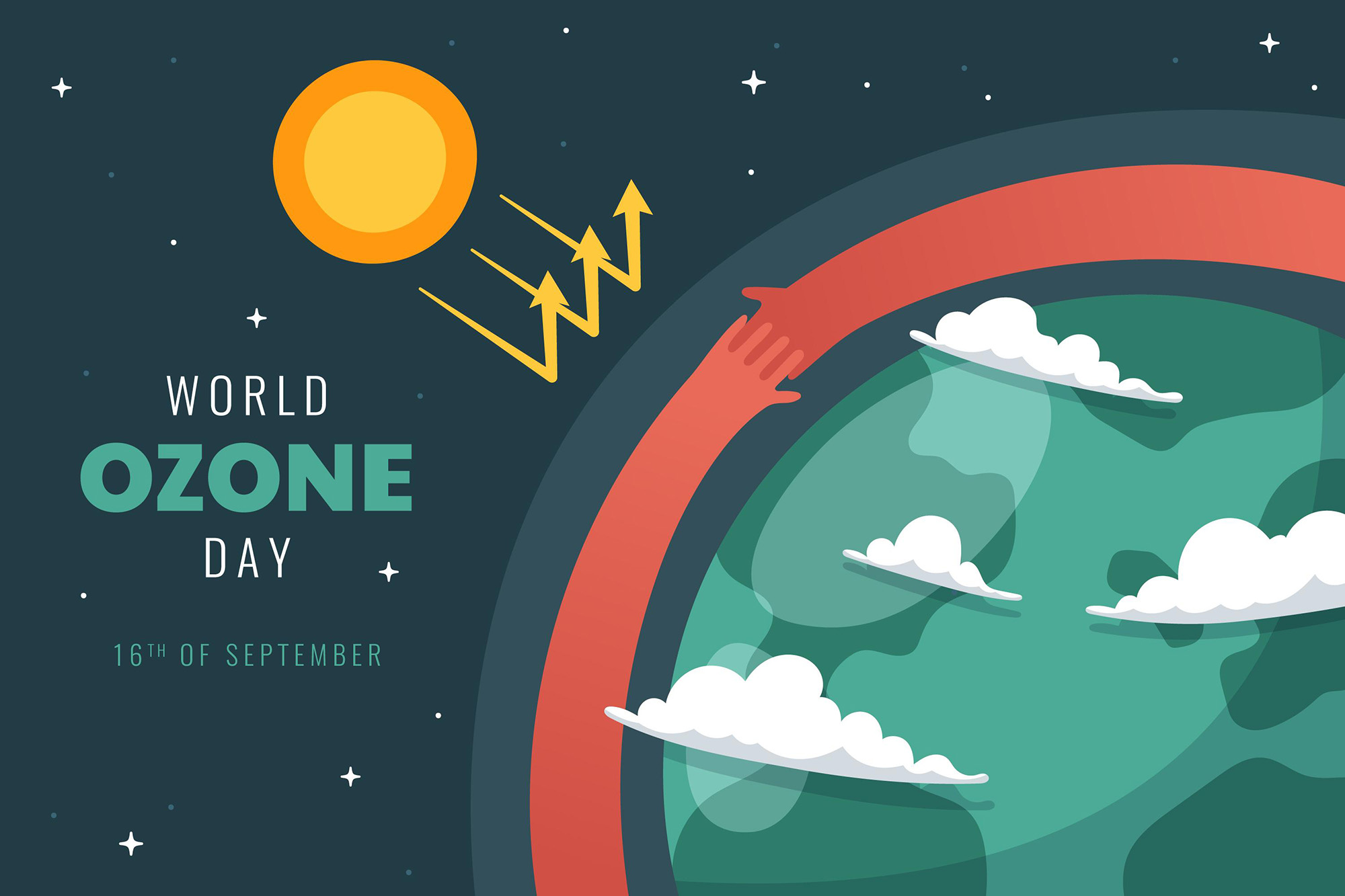A recent United Nations’ ozone story is a remarkable example of global cooperation in addressing an urgent environmental crisis. In the late 1970s and early 1980s, scientists discovered a thinning of the ozone layer, primarily due to human-made chemicals called chlorofluorocarbons (CFCs). The ozone layer is crucial for blocking harmful ultraviolet (UV) radiation from the sun, and its depletion posed significant risks to human health, ecosystems, and wildlife.
The ozone layer absorbs 97 to 99 percent of the Sun’s medium-frequency ultraviolet light (from about 200 nm to 315 nm wavelength), which otherwise would potentially damage exposed life forms near the surface.1
The success of the protocol can be attributed to its collaborative approach, which involved not only governments but also scientists, industry representatives, and environmental groups. This collective effort led to significant reductions in CFC use and other harmful substances, with countries transitioning to safer alternatives.
As a result of these concerted actions, the ozone layer is on track to recovery, with projections indicating that it could return to its pre-1980 levels by the middle of the 21st century4. The story of the ozone layer serves as a powerful reminder of what is possible when nations unite for a common cause. It highlights the importance of science-based policy and international collaboration in tackling environmental challenges, offering hope for future efforts to combat climate change and protect our planet.
Sources:
https://en.wikipedia.org/wiki/Ozone_layer
2 US Department of State: The Montreal Protocol on Substances That Deplete the Ozone Layer
https://www.state.gov/key-topics-office-of-environmental-quality-and-transboundary-issues/the-montreal-protocol-on-substances-that-deplete-the-ozone-layer/
3 Wikipedia “Montreal Protocol”
https://en.wikipedia.org/wiki/Montreal_Protocol
4 Climate change: Ozone layer still well on track for full recovery
https://news.un.org/en/story/2024/09/1154366
Image Attribution: Freepik

